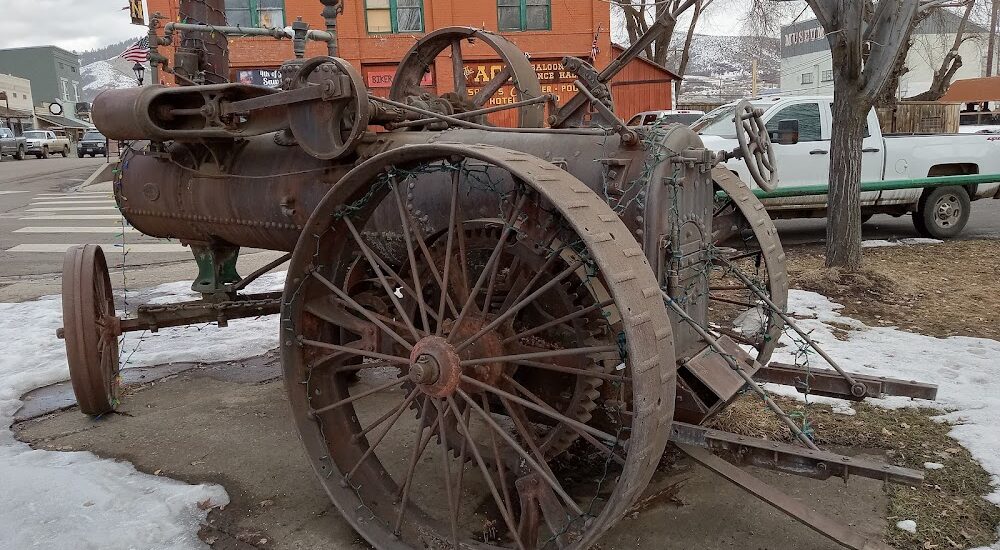Welcome to the Old Railroads Historical Marker in Council, Idaho, a testament to the pivotal role railroads played in shaping the American West. This marker commemorates the era when the expansion of railroads transformed the landscape, economy, and communities of the region. Railroads were the arteries of development, bringing people, goods, and prosperity to areas that were once considered remote.
The story of Council’s railroads begins in the late 19th century, during a period of intense industrial growth in the United States. The completion of the transcontinental railroad in 1869 set off a railroad boom, and Idaho, with its rich natural resources and growing agricultural potential, was not left out. By the turn of the 20th century, rail lines began to crisscross the state, connecting towns like Council to larger markets and urban centers.
The arrival of the railroad in Council was a transformative event. It facilitated the transport of timber, a booming industry in the region, as well as agricultural products that were crucial to the local economy. The railroad station became a bustling hub of activity, drawing in workers, merchants, and families, contributing to the town’s growth and development.
During the Great Railroad Strike of 1877, which began in West Virginia but spread across the country, the significance of railroads was underscored. Although Council was not directly involved, the strike highlighted the critical nature of rail transportation in the American economy and the tensions between labor and management that would shape future labor laws and practices.
As the 20th century progressed, the role of railroads evolved with the advent of automobiles and highways. However, the legacy of the railroads remains deeply embedded in Council’s history, serving as a reminder of the town’s industrial past and its connections to the broader national narrative.
Today, the Old Railroads Historical Marker stands as a tribute to those early days of expansion and innovation. It invites visitors to reflect on the profound impact of railroads in shaping not just the local landscape, but the trajectory of the nation itself.


